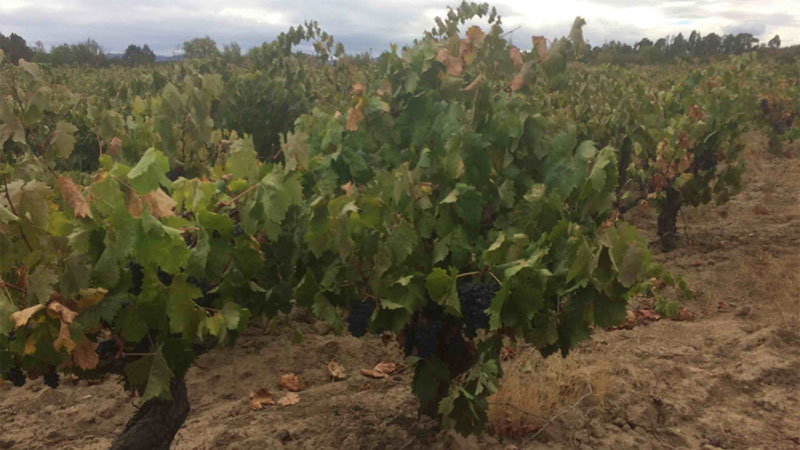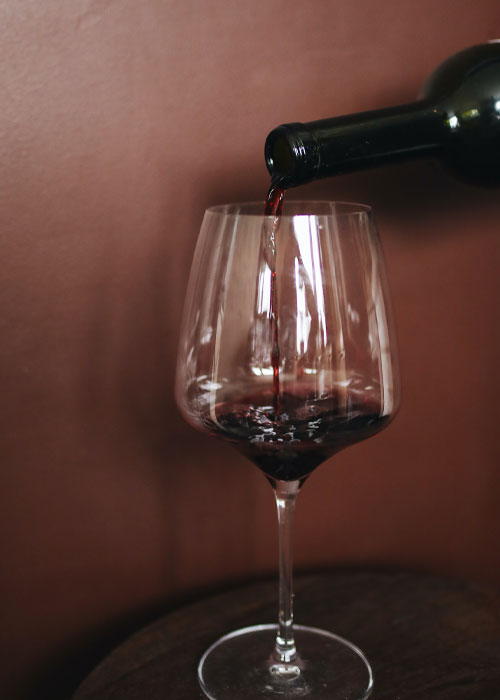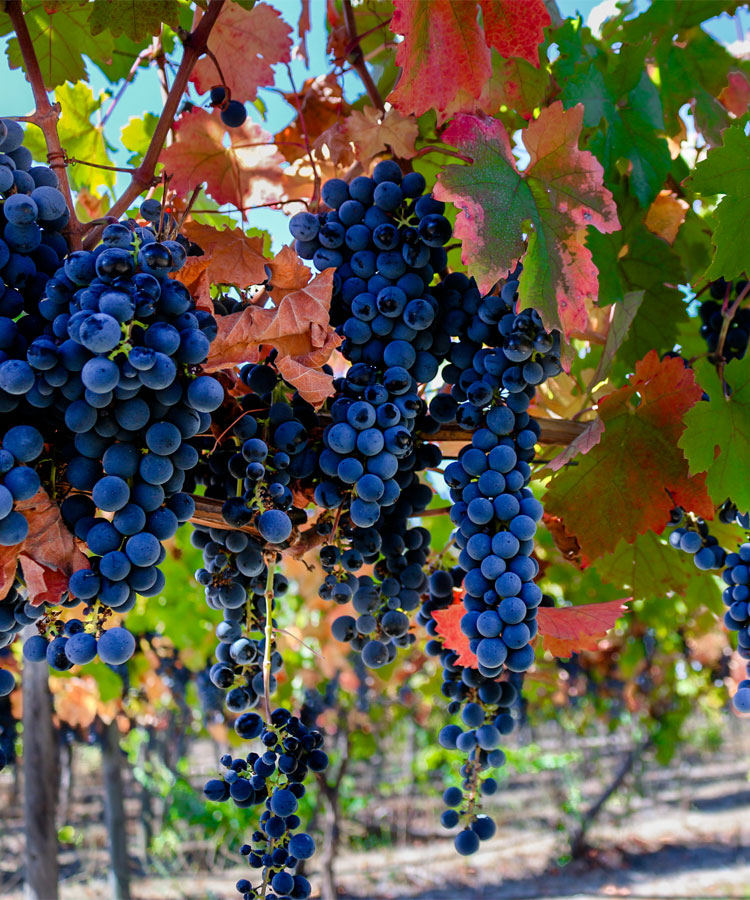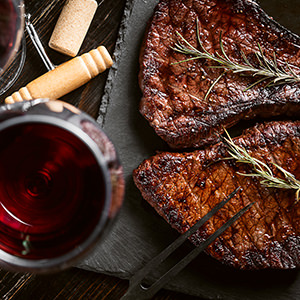
Paul Grieco, who owns Terroir wine bar in New York’s Tribeca, says, “In a wine world where we are all searching for unique experiences and wines that speak of a place, a.k.a. terroir, there is nothing that can rival País.”
Plenty of unique experiences can be had with Pais, a red wine made in Chile. For sommelier Nathaniel Muñoz, it was finding himself staring at an everything bagel with smoked salmon. He knew what he needed: an easy-drinking, refreshing, maybe even chilled, red wine. He reached for a magnum of Vina Maitia Aupa Pipeño, a Chilean red made from the País grape. País, says Muñoz, has juicy red fruit, good acidity, low tannins, and a generally quaffable attitude.
“The wine yearned for the caraway and black sesame seeds on the bagel and the savory edges of the delicate salmon slices,” says Muñoz, who is the wine director at Bar Avalon in Los Angeles. “It was a good morning.”
While Muñoz was first drawn to País for its compatibility with all sorts of foods, he and many other sommeliers have become increasingly fascinated by the grape’s history and range. The thin-skinned grape has long flown under the global radar, but that’s changing as today’s sommeliers seek out wines beyond Chile’s usual Bordeaux varieties. País has only come to the larger sommelier conscience in the past couple years, but it has quickly become a go-to.
País hails from Spain, where it goes by the name Lístan Prieto, finding its way to Chile aboard ships set for the Americas in the 16th century; it was the grape’s hearty yields and immunity to many viruses that made it a durable choice.
For centuries, País was the most widely grown grape Chile; it wasn’t until the 1990s that international varieties typically associated with Chile today, such as Cabernet Sauvignon and Carménère, began to outpace it. Winemakers saw the popularity of those grapes in other regions and began ripping out Pais vines to make space. While some growers kept their old-vine País in the ground, most simply sold the fruit off for bulk wine.
Now, as wine drinkers increasingly seek products that speak of their origin, winemakers, particularly in the Maule, Itata, and Bío Bío regions, are turning back to País and crafting compelling red wines with juicy fruit and spice. A hallmark of the variety is that País vines can often live to be more than a century or two old, contributing to the wine’s defined structure and inherent balance. Thanks to its isolated geography, Chile was never impacted by the infamous phylloxera outbreak, enabling the vines to carry on for many many years. Many of these family-owned vineyards have long been farmed sustainably and biodynamically.

Vitalii Dascaliuc, a sommelier for Compagnie des Vins Surnaturels in New York and Domestique in Washington, D.C., is a self-proclaimed País fanatic. “[The] combination of approachability and potential for greatness is what I admire in País,” he says.
Dascaliuc’s País “aha” moment came when he tried the Tinto de Rulo Pipeño. The wine was made from 200-year-old vines and aged in tinajas (Chilean clay amphoras) and Chilean oak barrels. “It simultaneously reminded me of both the rural wine my grandparents used to make in Moldova as well as some of the finest wines I tasted as a sommelier in NYC,” Dascaliuc says.
Alissa Bica, a sommelier at 71 Above in Los Angeles, had a similar experience. When she first tasted País in a Chilean wine masterclass, the wine captivated her. She started studying its history and pairing it with everything from charcuterie to salmon and even pizza. She found that the lighter body of País made it extremely versatile, even with boldly flavorful dishes. “There are wines meant to be the star, and wines meant to assist,” she explains. “País assists the experience of food without overpowering it.”
Bica says there’s a movement among producers to elevate the profile of País by better understanding vineyard sites and reducing overall yields, as well as with more hands-on efforts in the winery, such as carefully sorting bunches and aging the wine in the aforementioned clay tinajas. Winemakers are also experimenting with natural and skin-contact methods. The artisan approach culminates in seriously impressive País. “These wines can achieve a high level of acidity, complexity, and flavor,” Bica says.

Because of this, she often compares País with wines from Beaujolais, where the wines at the village level are delicious, fruity, and quaffable, whereas the cru wines can be much more structured and age-worthy. While growers are still figuring out the best places to grow País, it has a comparable range of flavor characteristics.
These days País is popping up on wine lists across the U.S. Paul Grieco has long included it on Terroir wine bar’s very diverse by-the-glass list, a selection that he uses to “take guests on a journey.” Grieco likes País for its “funky aromatics and lightness of touch,” but even more so, the story it can tell with each glass.
Chile, Grieco says, has an extraordinary opportunity to share País particularly with the millennial wine drinker who’s looking for wines with a unique narrative and flavors they don’t encounter in other wines.
This, combined with more refined winemaking, means we’ll see more and more País on store shelves and restaurant wine lists. As these somms say, now is the time to drink País.
Below is a list of wines to look out for at your local wine shop!
- Bouchon, País Salveje Red País 2018
- Montes, Outer Limits País 2018
- La Veletas, País 2017
- Santa Carolina, Cuarteles Experimentales País 2018
- Miguel Torres, Estelado Rosé País 2016
- Roberto Henríquez, Rivera del Notro Tinto País 2018
- Agrícola La Misión, Pisador País 2017
- González Bastías, Matorral País 2017
This article is sponsored by Wines of Chile. Taste the Unexpected.

